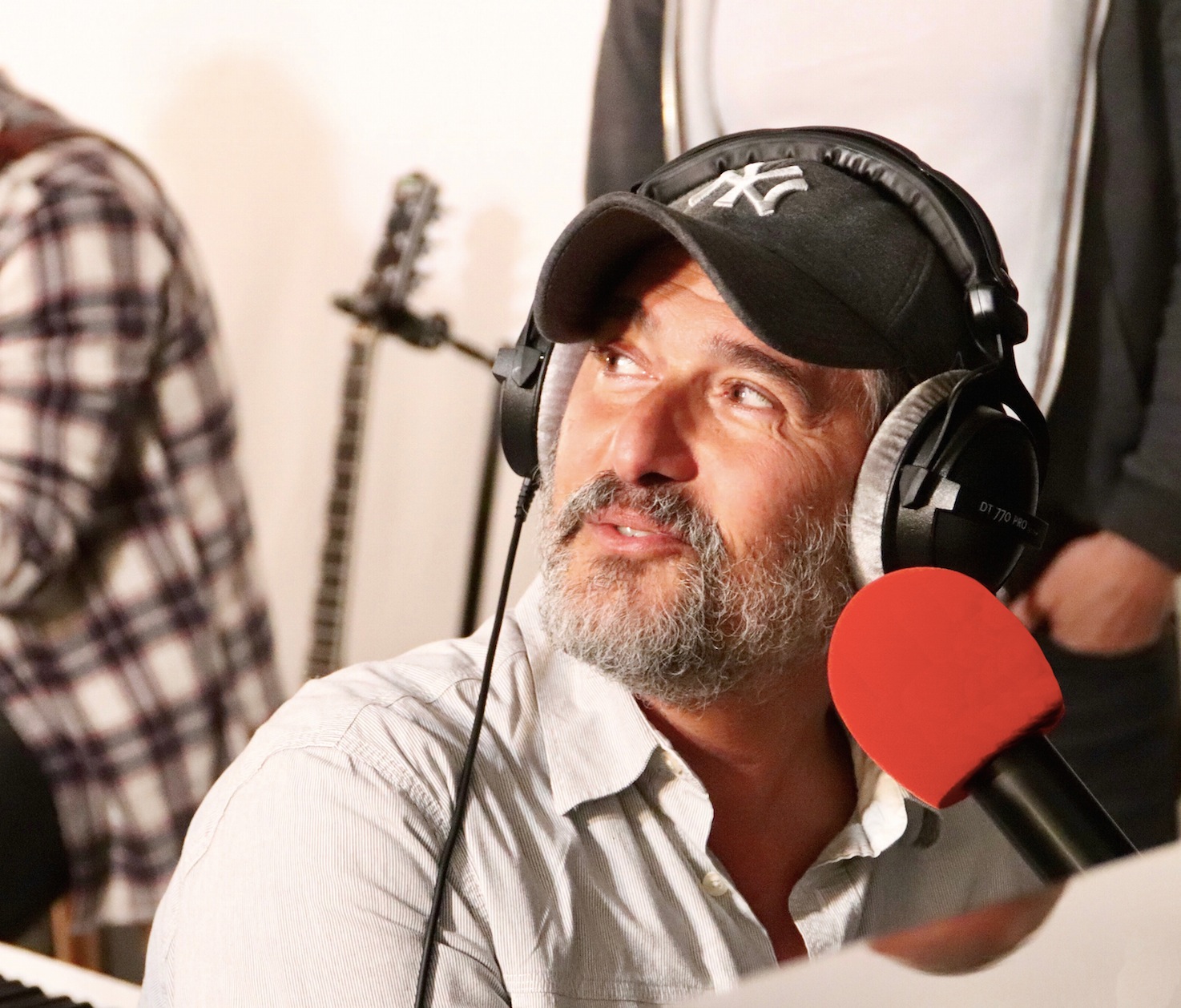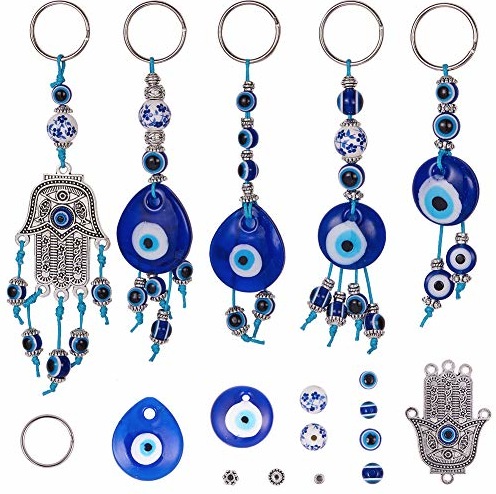Using graphology to advice parents of children with attention deficit disorder Handwriting, like the mirror of the soul, reflects our conscious and unconscious personality and its different levels: intellectual, emotional, mental and physical, and, among others, examines our level of communication with those close to family, friends, others and us. Each one of us, using writing tools, "projects" his personality on the paper. It shows one's type of behavior, thinking and feelings, our attitude towards oneself and our surroundings. In fact, the paper reflects the environment within which the person performs.
Thus, using the Theory of Graphology, (Graph-writing, ology - study), the writer's personality, as well as suppressed memories, blockages and internal conflicts hidden in the unconscious layers of his personality, can be examined. If a person is blocked in this or another area of his life, whether academic, personal or social, graphology through in-depth examination, may uncover the blockages and suppressed memories that prevent the writer's self-fulfillment. When parents ask me to diagnose their child's handwriting, they bring his notebooks and various tests from language subjects, and I examine all graphic symbols: size of letters, margins, letter width, writing pressure, the line, writing speed, space between letters, the words, the zones, writing rhythm - whether it is restrained or flows - etc. Thus, I construct the writer's whole personality.
For example, disorderly writing indicates: a rebellious writer, someone acting "on purpose," argumentative, acting against accepted norms, a disorganized writer. Slow writing indicates existing emotional constraints, adaptation difficulties, fears and anxieties. In short, when general organization is poor, sometimes accompanied by invasions and general spacing inequality, this could indicate a weak ego. An example of counseling given parents using decoding of pictures and graphology The parents came to me claiming that their 12-year old child had been failing tests for a long time. Even with many private tutors in various subjects as well as the facilitations he received following diagnosis did not contribute to raising his marks. They were desperate and did not understand what he was going through. When they brought me some tests of his in history, literature and Hebrew, I knew exactly what the problem was. The writing was very small, and most of the answers had many deletions of entire sentences. This pattern was repeated in nearly every test in which he received a failing mark. I explained to the parents that their child was actually "deleting himself," and did not believe in his ability to pass an exam. This inner conviction of constant failure eventually becomes a reality that repeats itself again and again. Moreover, their child never experienced a feeling of success, and therefore, before giving him private lessons, he needed to be trained to believe in himself and his abilities, and acquire learning strategies to improve his brain's memory processes.
The paper reflects the environment within which the person performs.
Examples of graphological characteristics that appear in drawings 1. Movement - From the parts that are inborn, the child's impulses and motivation, you can learn the modus operandi, the degree of activating energy, his alertness to the environment, and his response modes to different situations. Is he energetic? Active? Passive? Does he improvise? 2. Organization - How does the child organize himself across a whole page. This shows his organizational ability in everyday life. By looking at the manner in which the page is organized, introversion and closedness, can be observed if the drawing is small and does not take up the whole space; as opposed to a drawing that uses up the whole page, demonstrating dominance and high self-confidence. 3. The drawing has meaning that symbolizes the expressive capabilities of the child, his ability to communicate, and whether it is important for him that others understand what he wants to express. (Like a picture formed in writing). 4. Line pressure – The pressure created by the paint/ the markers represents the painter's temperament: strong pressure represents emotion, intensity, body tone, stress, anger, and impulsivity. It also indicates the power to perform, energy and vitality. Weak pressure demonstrates introversion, delicacy and caution.
5. Line thickness - A thick line indicates a more sensuous child, one who does not mind getting dirty and experiencing things, who paints with crayons and gouache, as opposed to a child that draws a thin line, indicating delicacy, aesthetics, control, and hesitancy. He will usually use markers and pencils. 6. Spaces – When the white sheet represents space and reality, and drawings express the way in which the child places himself in space: Does he occupy the whole space for himself, does not gives others room? Does he need living space for himself? Guiding questions: Are there any notable geometric shapes? What are the colors that dominate? If there are an, are there any special effects in the painting? Dikla DIKLAGOLASA@GMAIL.COM http://www.learningwithdikla.com/ .
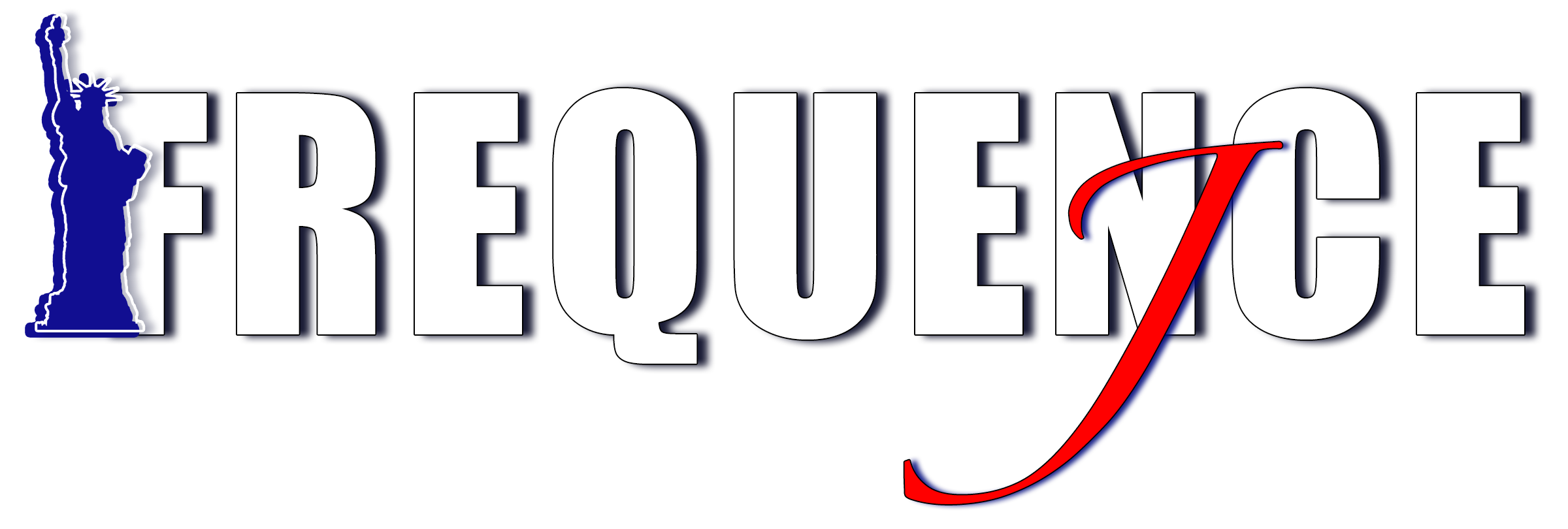

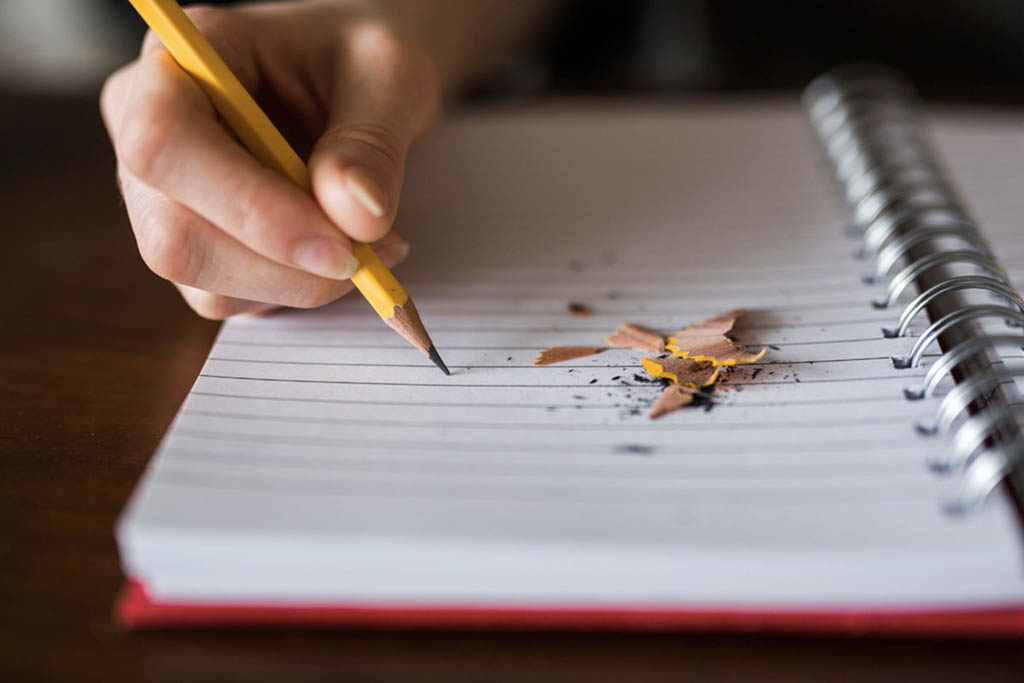

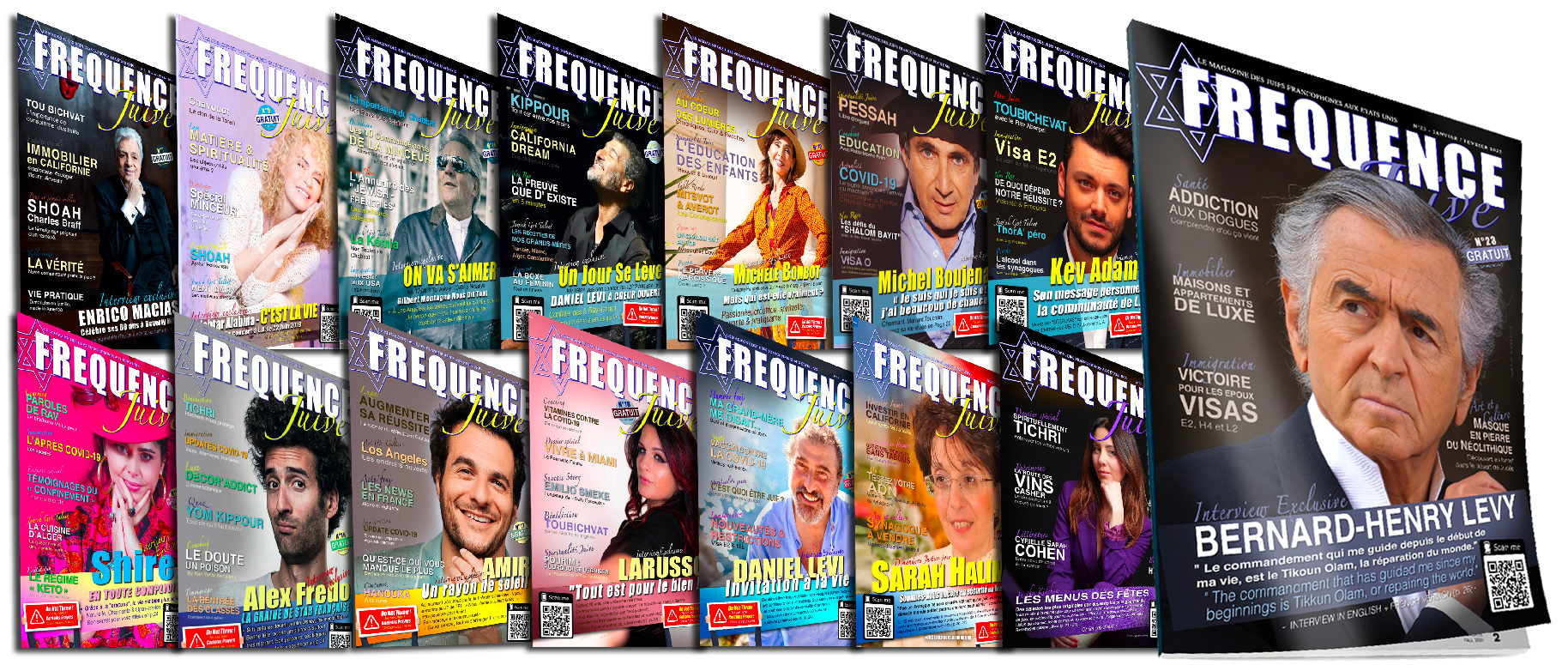


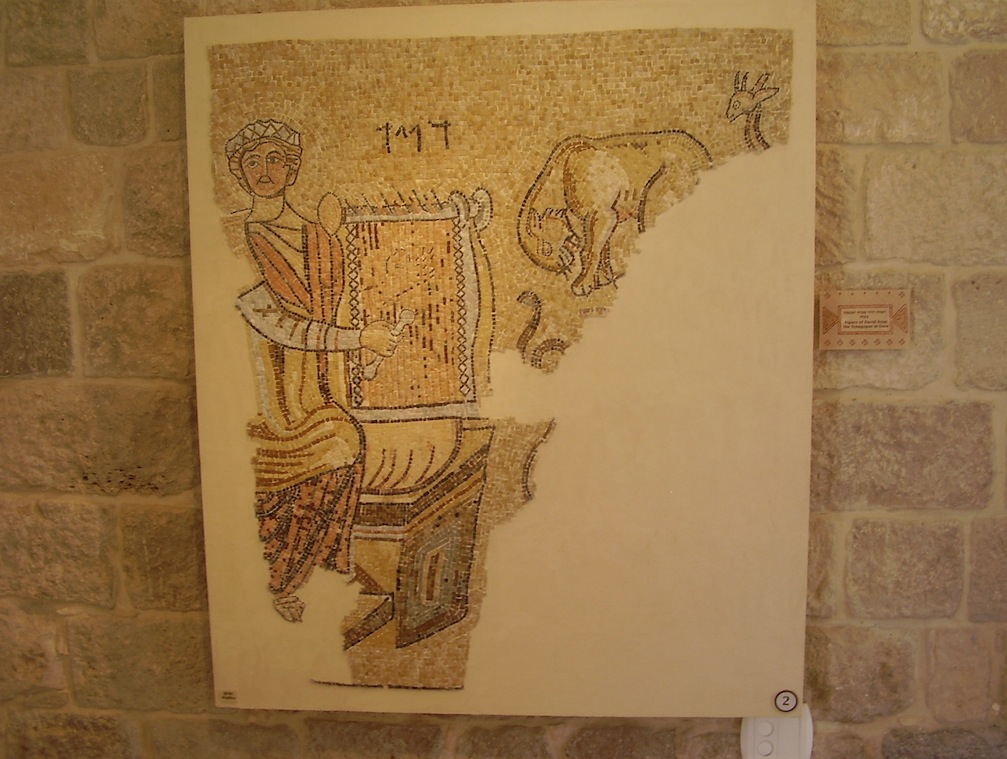
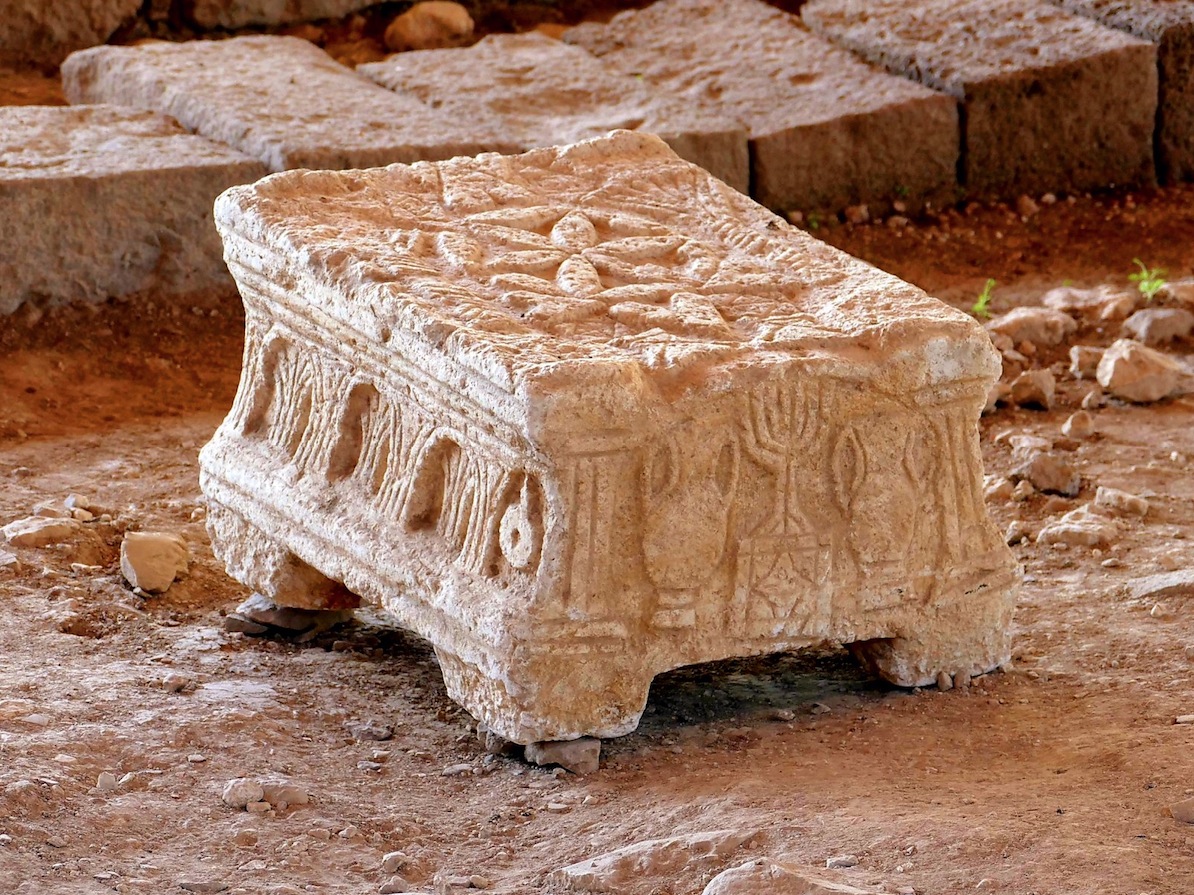
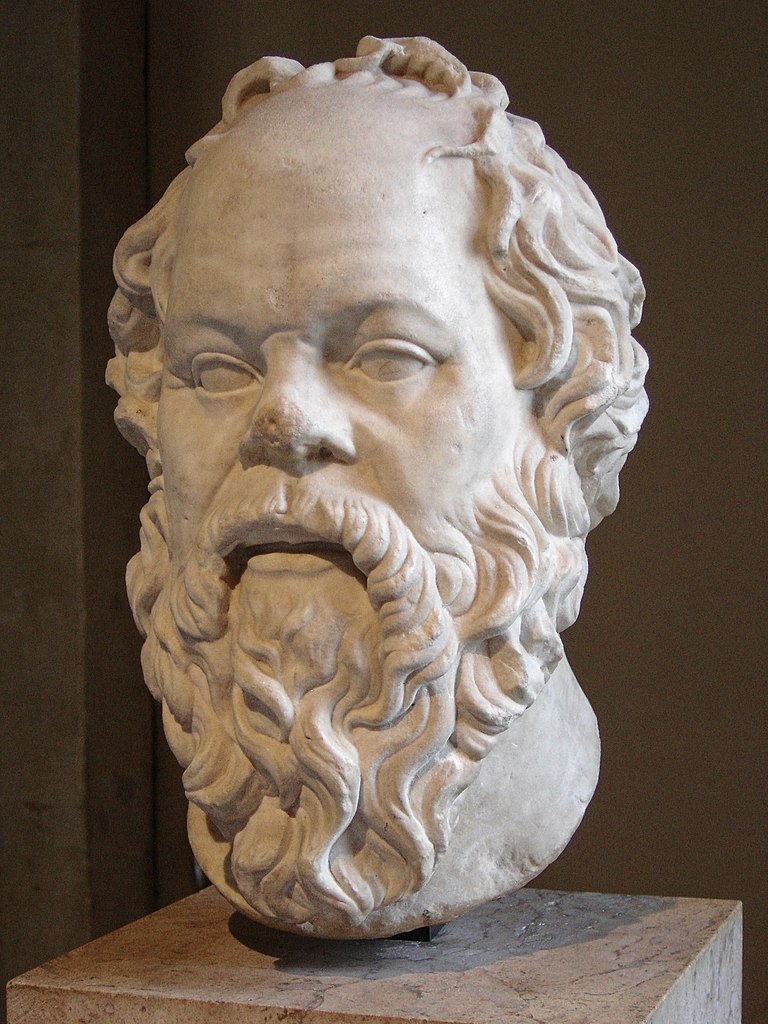


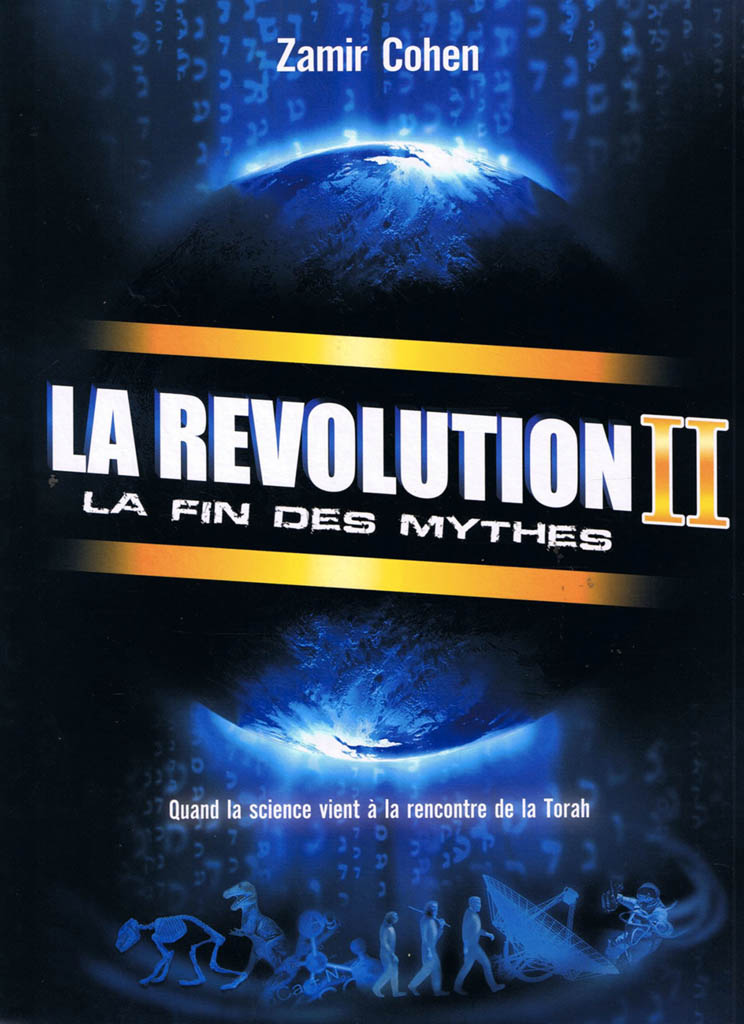

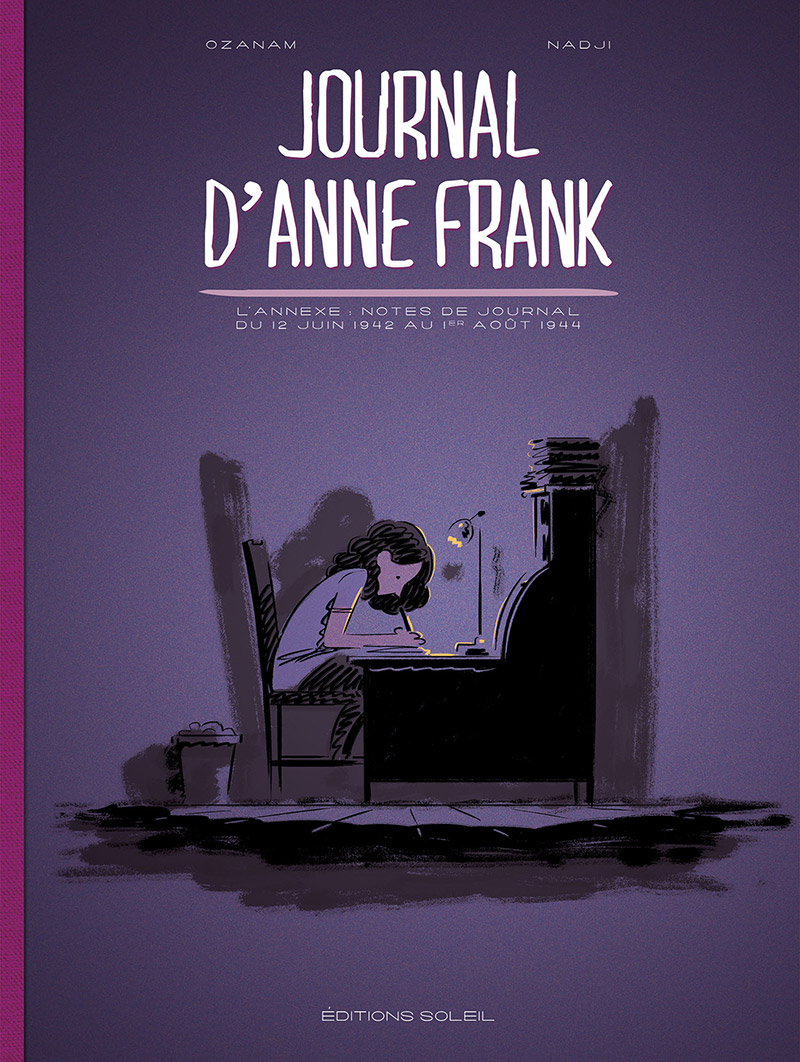


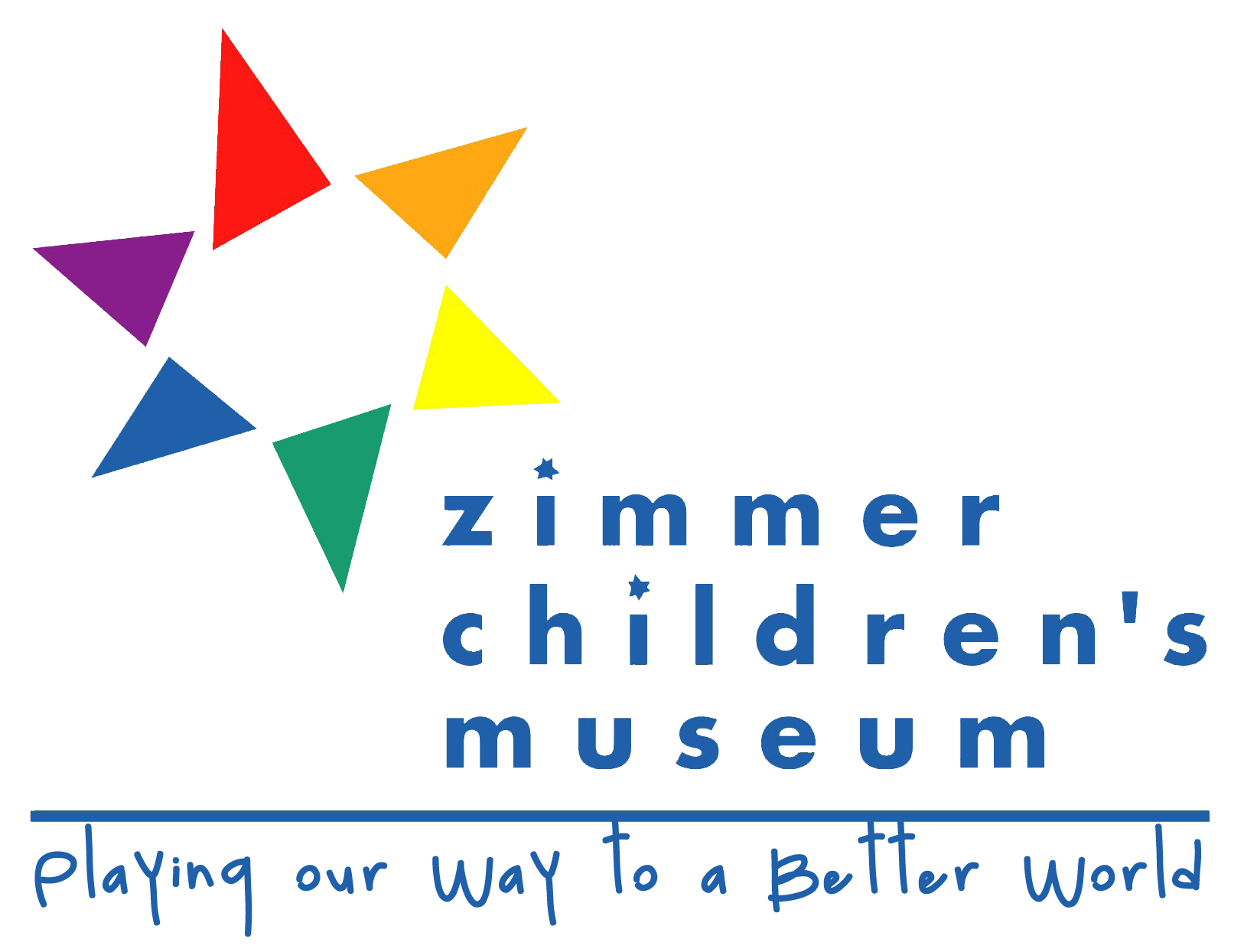


.jpg)






